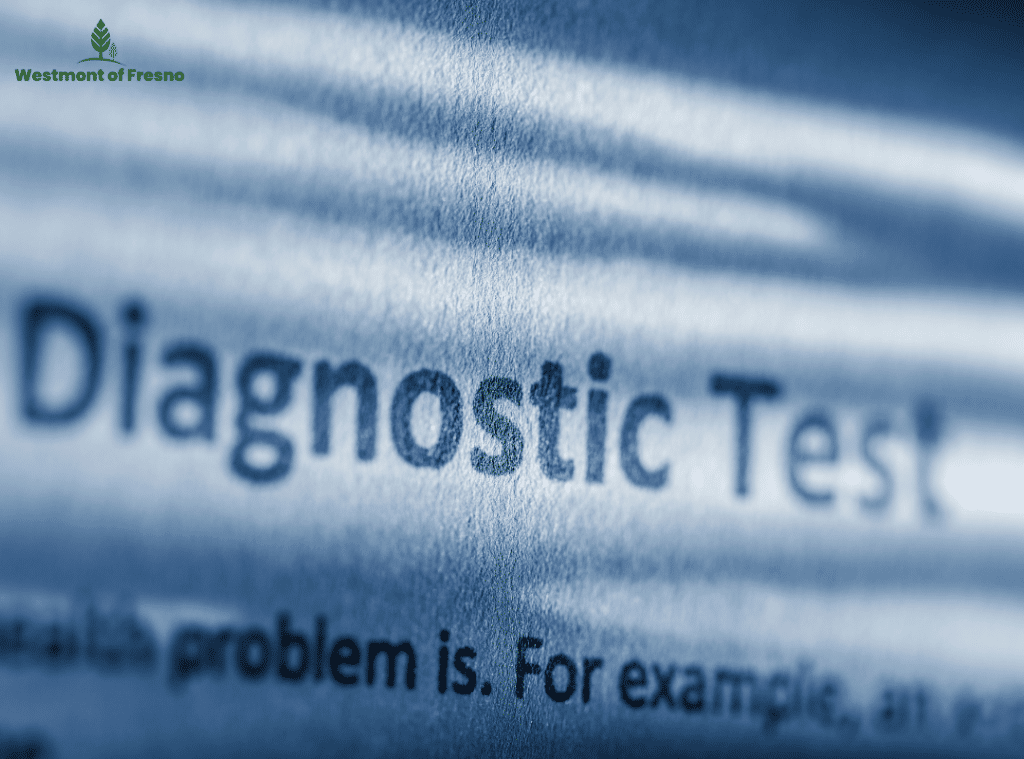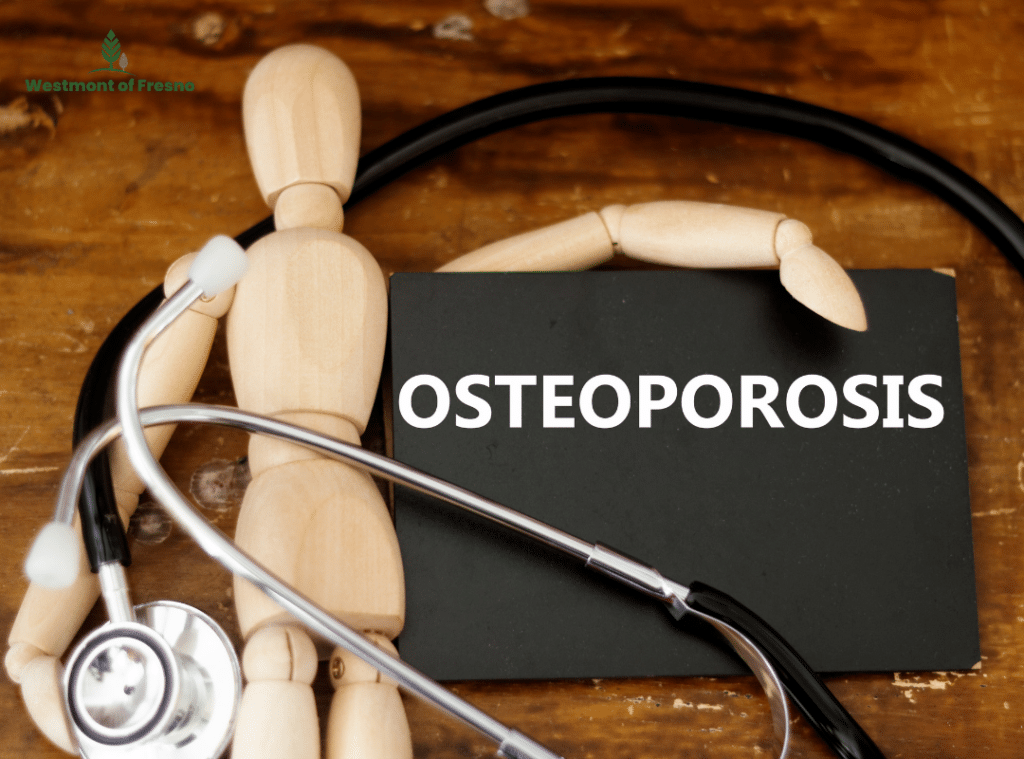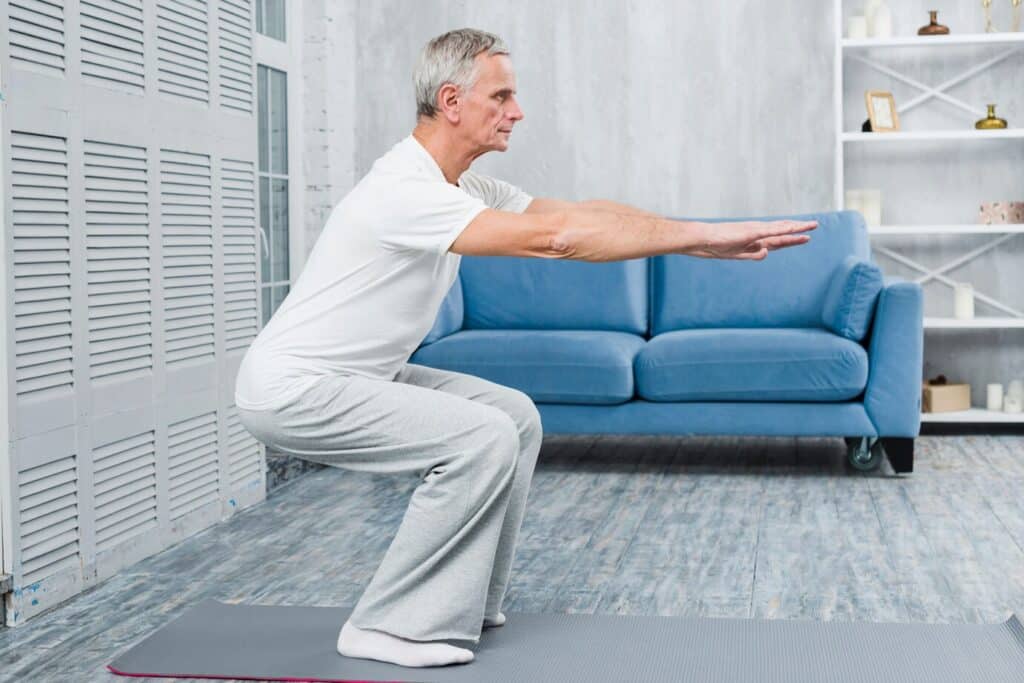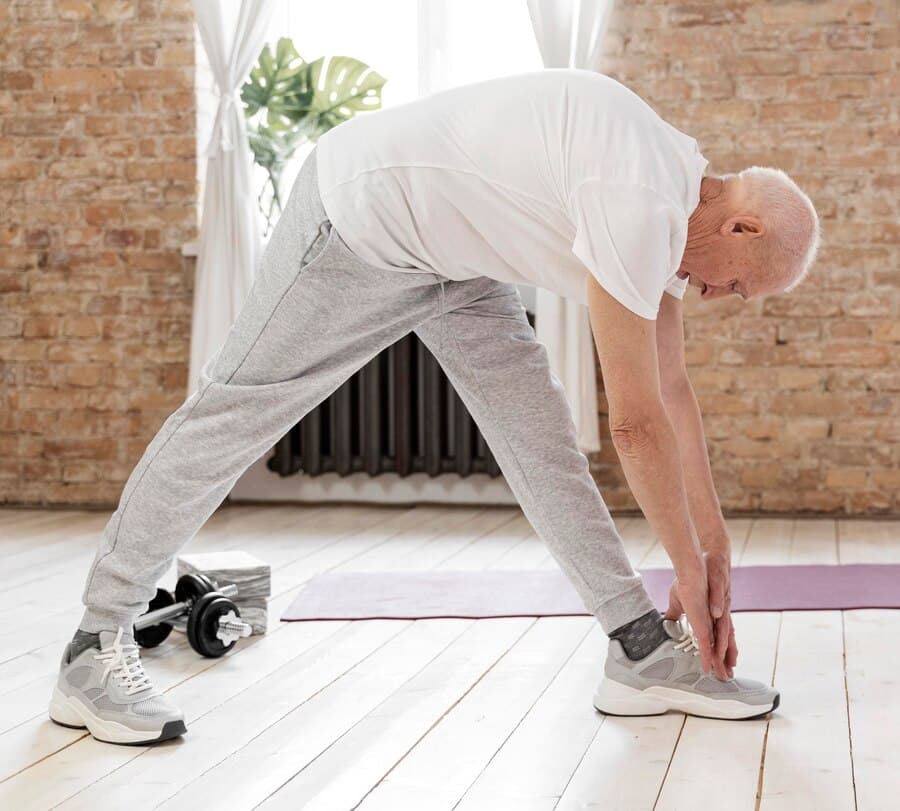Age-related osteoporosis without current pathological fracture is a silent but serious condition that gradually weakens bones over time. Although there may be no visible fractures now, the risk of future injury increases significantly without preventive care. Many people are unaware they have osteoporosis until they experience a break or fall. This makes early detection, education, and lifestyle adjustments essential for maintaining bone strength.
Understanding how age-related osteoporosis develops without a current pathological fracture, along with the tools and strategies available for prevention, can make a lasting difference in your quality of life. Whether you’re seeking tips for stronger bones or looking for the ICD-10 codes used in medical records, this guide covers everything you need to know to protect your skeletal health. To learn more about senior health support and services, visit Westmont of Fresno.
Understanding Age-Related Osteoporosis
As bones naturally lose density with age, the risk of developing osteoporosis increases, especially if preventive actions aren’t taken. One key difference to understand is between age-related osteoporosis without current pathological fracture ICD-10 (M81.0) and age-related osteoporosis with current pathological fracture ICD-10 (M80.0). The former describes bone loss without fractures, while the latter signals that a fracture has already occurred due to weakened bones.
Early warning signs of osteoporosis may include back pain, a stooped posture, or loss of height over time. Unfortunately, these signs are often overlooked until the damage has progressed. That’s why proactive monitoring, like bone density scans and lab testing, is vital for older adults.
Explore the stages of osteoporosis to gain a deeper understanding of how the condition progresses and the appropriate actions to take during each phase.
What Are 5 Symptoms of Osteoporosis?
Many individuals ask, what are the five symptoms of osteoporosis? Although it can be symptomless in its early stages, the following signs may indicate advancing bone loss:
- Back pain, often caused by a fractured or collapsed vertebra
- Loss of height over time
- A stooped posture
- Bone fractures that occur more easily than expected
- Brittle nails or weakened grip strength
Recognizing these early signs can prompt timely medical evaluations and reduce the risk of long-term complications. If you’re noticing any of these symptoms, consult a healthcare provider and consider getting a DXA scan.

Risk Factors for Osteoporosis Without Fractures
Several factors increase the risk for age-related osteoporosis without current pathological fracture, including:
| Risk Factor | Impact |
| Aging | Natural loss of bone density over time |
| Family history | Genetics can predispose you to bone loss |
| Low calcium/vitamin D | Insufficient intake weakens bones |
| Hormonal changes | Menopause and low testosterone accelerate loss |
| Sedentary lifestyle | Lack of activity contributes to deterioration |
These factors can work alone or together to weaken bones, often without immediate symptoms.
Lifestyle Modifications to Prevent Bone Loss
Taking proactive steps is the best way to avoid progression from age-related osteoporosis without a current pathological fracture to a more serious condition.
Exercise and Movement
Regular weight-bearing and resistance exercises help preserve bone density. Walking, dancing, stair climbing, and strength training all promote bone remodeling and reduce the likelihood of injury. These types of activities can also help improve balance, a crucial factor in fall prevention.
For additional balance-related resources, check out these senior fitness tips.
Nutrition for Stronger Bones
Bone health begins with a diet rich in nutrients. Focus on:
- Calcium-rich foods like yogurt, broccoli, and fortified plant milks
- Vitamin D from fatty fish, sunlight, or supplements aids calcium absorption
- Protein to support the overall skeletal structure
- Fermented foods that promote gut health, improving nutrient uptake
These dietary habits can slow or prevent bone density loss and reduce fracture risks.
Medical Screening and Diagnostic Tools
Routine medical assessments are crucial for detecting osteoporosis early. Here are the top diagnostic tools used to evaluate bone health:
- DXA (Dual-energy X-ray Absorptiometry): This scan measures bone mineral density and is the gold standard for diagnosing osteoporosis.
- FRAX Score: This tool calculates your 10-year fracture probability using personal and health data.
- Bone turnover markers: Blood and urine tests that assess how quickly your bones are breaking down and rebuilding.
These tools help detect age-related osteoporosis before it becomes severe, even in the absence of a current pathological fracture.
Comparing Osteoporosis with Fracture
When left unmanaged, age-related osteoporosis without current pathological fracture can progress to one with current pathological fracture, ICD-10, often resulting in hip, spine, or wrist fractures. This condition requires a higher level of care and often includes surgery or physical rehabilitation.
By contrast, the absence of a current fracture provides an opportunity for preventive treatment and lifestyle changes that could delay or entirely prevent this next stage.

Treatment Options for Managing Osteoporosis
Once osteoporosis is diagnosed, treatment typically includes a blend of:
- Medications like bisphosphonates or denosumab to slow bone loss
- Calcium and vitamin D supplements
- Tailored fitness programs
- Fall-prevention strategies, such as improving lighting at home and using handrails
These treatments aim to reduce the risk of moving from age-related osteoporosis without a current pathological fracture to one with a pathological fracture.
Healthcare professionals may also recommend hormone therapy for postmenopausal women or testosterone therapy for men when appropriate.
The Importance of Ongoing Monitoring
Even if you don’t currently have a fracture, regular bone monitoring is essential. Bone density can decrease subtly over time. Here’s how professional follow-up makes a difference:
- Identifies risk factors early
- Monitors treatment effectiveness
- Updates medications and lifestyle guidance as needed
- Reduces the risk of emergency fractures
Work closely with your physician to determine how often to assess your bone health based on your risk profile.
Community Support and Resources
Staying informed and supported makes managing osteoporosis easier. Resources such as the National Osteoporosis Foundation and the NIH’s Osteoporosis and Related Bone Diseases provide valuable educational information and updates. You can also connect with local groups or senior communities that offer wellness programs specifically designed for bone health.
For a supportive environment designed around senior wellness, learn more or schedule a visit at Westmont of Fresno.
Take Charge Before Fractures Happen
Osteoporosis doesn’t always announce itself with symptoms or pain. But that doesn’t mean it’s not doing damage. If you’ve ever asked, “what are five symptoms of osteoporosis?” or wondered about early warning signs of osteoporosis, now is the time to act.
By understanding your risk factors, committing to lifestyle changes, and getting regular screenings, you can prevent the condition from progressing. Don’t wait until a fracture occurs to take your bone health seriously. Take charge now—while you still can.
At Westmont of Fresno, we’re here to support your journey to healthy aging. Call us at 559-446-1266 to talk with a wellness advisor, or visit our community page for more information.
Dive into the vibrant life our Westmont communities have to offer.Find Where You Belong
Frequently Asked Questions
What does age-related osteoporosis with current pathological fracture mean?
Age-related osteoporosis with a current pathological fracture refers to a condition in which weakened bones due to aging have already resulted in a fracture. This type of fracture occurs from minimal or no trauma, such as a fall from standing height. It indicates that the bone has become so fragile that it breaks easily under normal stress. Diagnosis and treatment typically involve managing both the fracture and the underlying bone loss.
Can you have osteoporosis and never have a fracture?
Yes, it is possible to have osteoporosis without ever experiencing a fracture. Osteoporosis is often called a “silent disease” because it progresses without symptoms until a bone breaks. Many individuals only discover they have it after a bone density test. Preventive care, including diet, exercise, and medication, can help reduce the risk of fractures.
What does age-related osteoporosis mean?
Age-related osteoporosis is a form of bone loss that typically occurs with age. It results from a natural decline in bone density and strength due to aging. This condition makes bones more fragile and more likely to break. It is more common in postmenopausal women but can affect older men as well.
What diagnosis code is reported for age-related osteoporosis without a current pathological fracture?
The diagnosis code commonly used for age-related osteoporosis without a current pathological fracture is ICD-10 code M81.0. This code is used when the patient has osteoporosis due to aging but has not yet experienced any fractures. It allows healthcare providers to document the condition for monitoring and preventive care. Early diagnosis helps guide treatment to avoid future fractures.








